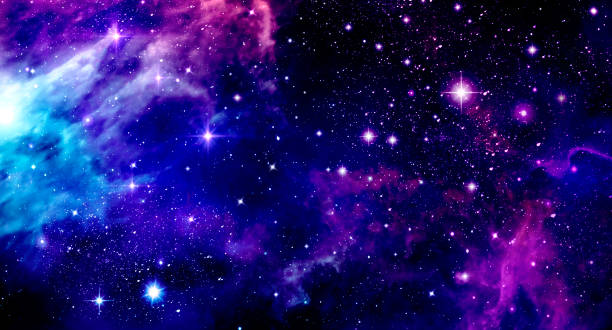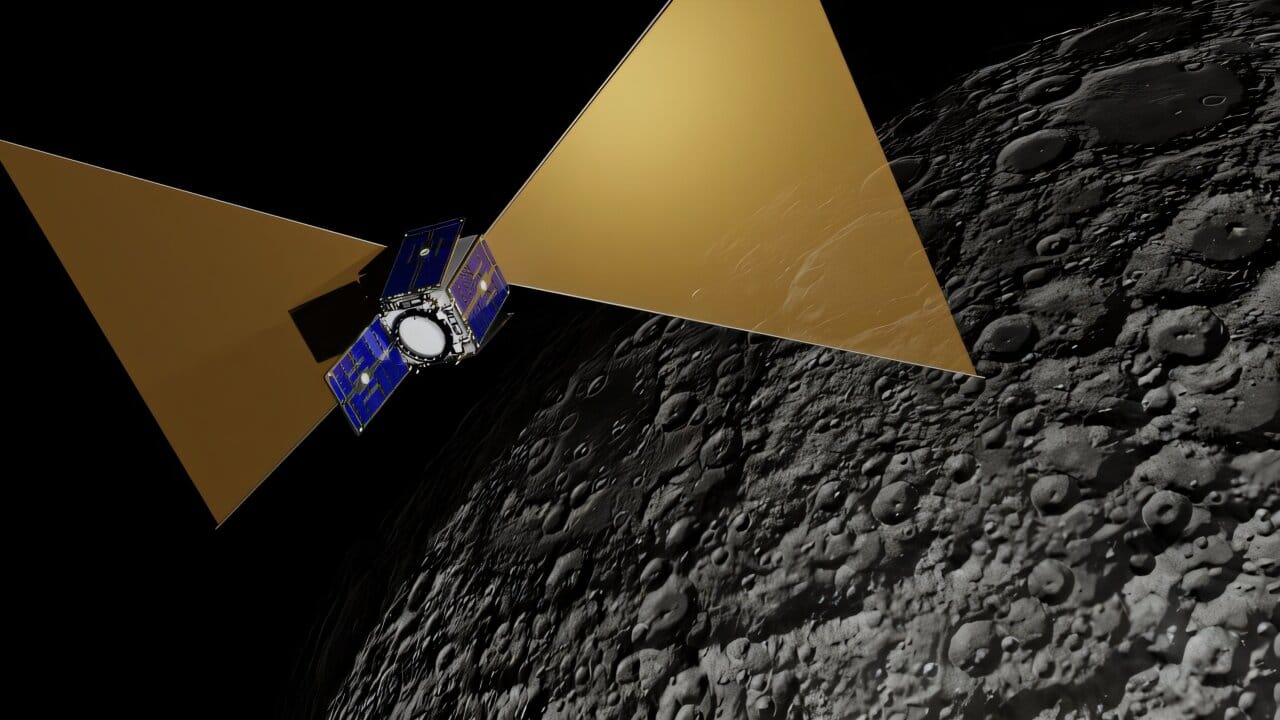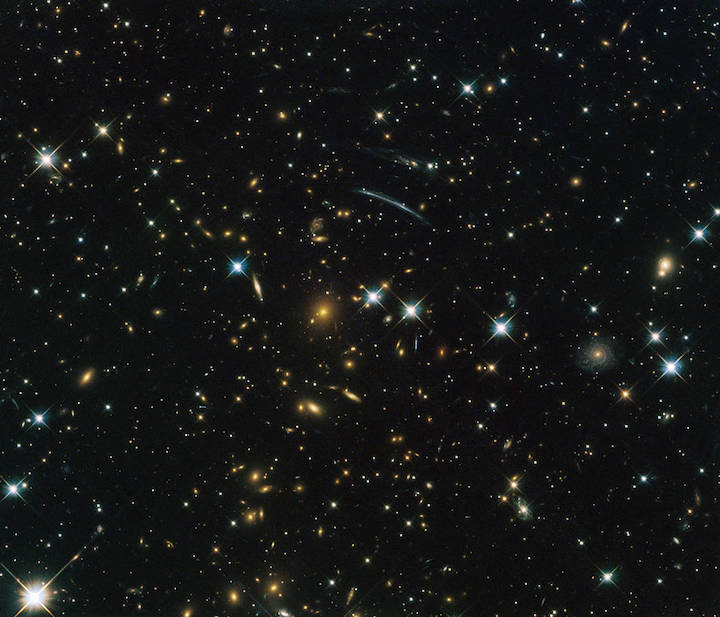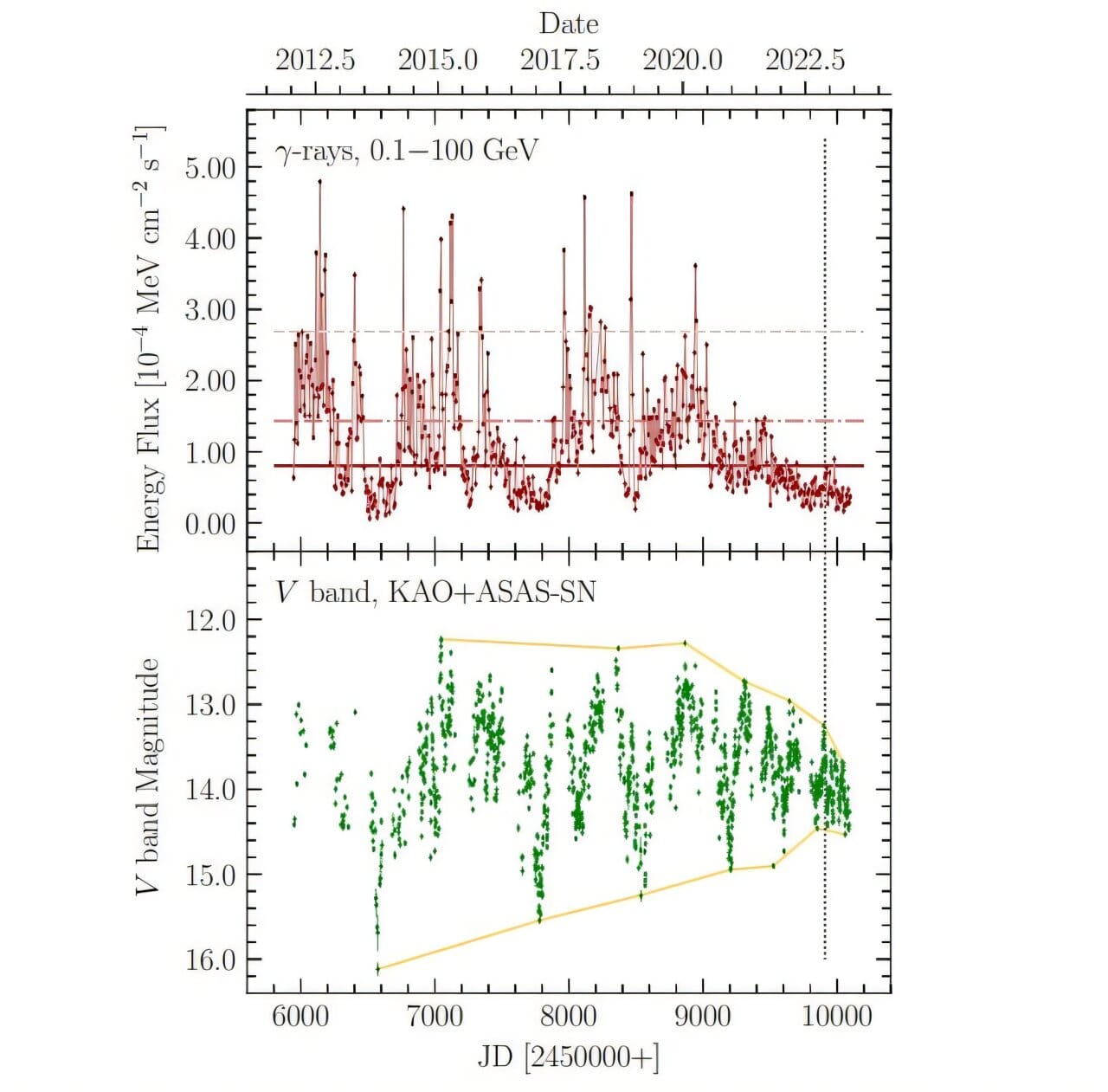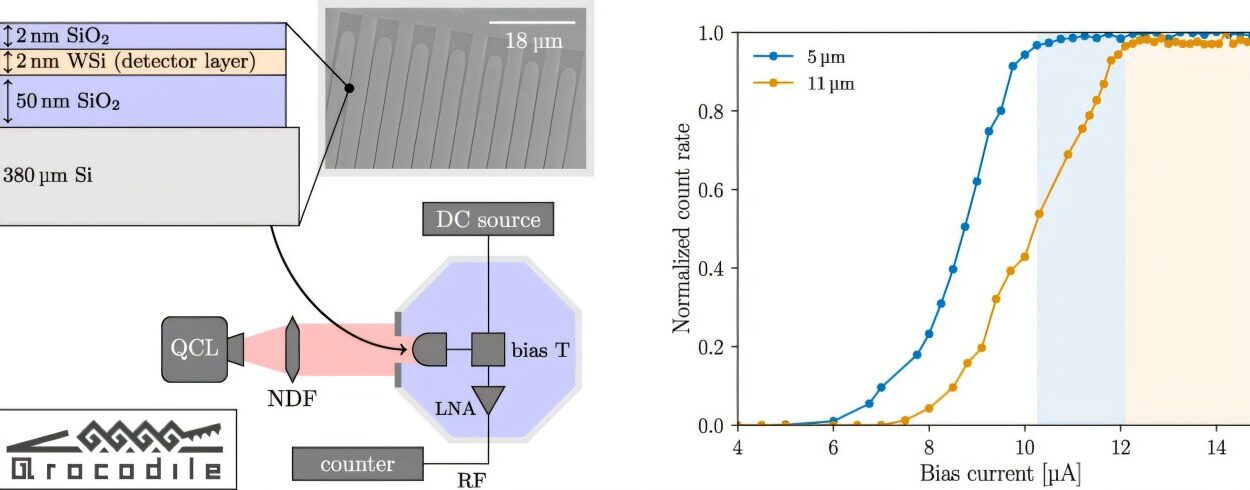In the vast, star-laced reaches of space, hidden behind veils of gas and time, lie entities so dense, so silent, and so extreme, that not even light can escape their pull. Black holes, once only the stuff of theory and cosmic folklore, have become the beating heart of some of astronomy’s most thrilling discoveries. Most are known only by their effect on the world around them—by how they bend light, tug stars, or, on rare occasions, tear them apart in spectacular, luminous violence.
One such moment of cosmic drama has now brought a particularly elusive beast into view: a possible intermediate-mass black hole, a rare creature lurking between the extremes. Caught red-handed in the act of feeding, it offered a brief window into a long-standing astronomical mystery—and now, the world’s most powerful telescopes have teamed up to tell its tale.
The Rare Middleweight Appears
For decades, astronomers have painted a two-toned portrait of the black hole family. On one side are stellar-mass black holes, the end-of-life product of massive stars collapsing inward. On the other are supermassive black holes, behemoths that sit in the centers of galaxies and weigh billions of times more than our sun. But a third category, one that should logically sit between the two, has remained largely invisible: the intermediate-mass black holes, or IMBHs.
Weighing between a few hundred to a few hundred thousand solar masses, IMBHs are not merely rare; they are elusive by nature. They do not scream into the cosmos like their larger cousins, nor are they born frequently enough to catch in real-time. They don’t emit torrents of radiation unless, by fortune or fate, they are caught in the act of eating.
And now, for perhaps only the second or third time in observational history, one such elusive object has been spotted—not by its silence, but by its sudden, burning cry. Welcome to NGC 6099 HLX-1.
A Galaxy’s Silent Outskirts Hold a Hungry Secret
Located in the constellation Hercules, approximately 450 million light-years from Earth, the galaxy NGC 6099 is a quiet, giant elliptical galaxy with a mostly dormant center. Its core likely houses a supermassive black hole, now quiescent, starved of fuel. But on its outer edges, some 40,000 light-years from the galactic heart, a surprise waited in the dark.
In 2009, NASA’s Chandra X-ray Observatory detected a bright, unusual X-ray source on the galaxy’s periphery. This source wasn’t coming from the expected center but from an area most astronomers wouldn’t think to look. Something powerful, something hot, was pouring energy into the universe—and Chandra’s sharp eye caught the first glimmer of it.
Years of follow-up observations, including data from ESA’s XMM-Newton and NASA’s Hubble Space Telescope, eventually revealed the likely culprit: a compact, star-crowded cluster hosting what might be one of the best candidates yet for an intermediate-mass black hole.
Caught in a Cosmic Crime: The Tidal Disruption Event
Black holes, no matter their mass, are difficult to detect when they’re idle. But when a star wanders too close, the story changes dramatically. The star is stretched, torn, and shredded by the black hole’s immense gravitational field in a process known as a tidal disruption event (TDE). Gas from the star spirals inward, heating up to millions of degrees and emitting powerful radiation—most dramatically in X-rays.
That’s what seems to have happened in the outskirts of NGC 6099. The X-ray signal, consistent with material heating to temperatures of over 3 million degrees, pointed directly to a classic TDE signature. Over the next decade, the black hole’s brightness rose, peaked around 2012, and slowly declined through 2023.
The mysterious source, now designated NGC 6099 HLX-1 (“Hyper-Luminous X-ray source 1”), became an object of fascination. In its brief moment of visible gluttony, it handed scientists a possible key to unlocking one of the most persistent riddles in astrophysics: how black holes grow—and how galaxies grow with them.
The Company of Stars: A Feeding Ground in Miniature
What Hubble saw when it turned its gaze toward HLX-1 was equally revealing. Around the black hole, it detected a compact cluster of stars, packed tightly together in a region just a few light-months across. These stars were not randomly scattered—they were huddled, crammed together in a way that made stellar encounters, and thus disruptions, much more likely.
A black hole living in such a neighborhood has ample opportunities to feed. A single unlucky star, passing too close, could provide years of luminous X-ray activity. And that may be precisely what HLX-1 did: it snacked on a captured star, tearing it apart to form a plasma disk that heated up as it spiraled inward. This disk likely flickered with changing brightness as gas spiraled, cooled, or fell in waves toward the event horizon.
Scientists like Yi-Chi Chang from National Tsing Hua University and Roberto Soria from Italy’s National Institute for Astrophysics have been carefully following the story. “If the IMBH is eating a star, how long does it take to swallow the star’s gas?” Soria mused. “It was about 100 times brighter in 2012 than in 2009. Now it’s fading. Is this the end—or just a pause?”
The suspense is real. Astronomers now wait to see if HLX-1 flares again, perhaps with another snack. If it does, it would strengthen the case for this being a true IMBH, perhaps even one that’s orbiting freely in the galaxy’s halo.
Seeds of Giants or Ghosts of Mergers?
The discovery of HLX-1 is more than a thrilling one-off—it could be part of a much bigger narrative. IMBHs are thought to play a critical role in the formation of supermassive black holes, but we’ve yet to understand exactly how. Two dominant theories are in competition.
One posits that IMBHs are the “seeds” from which larger black holes grow. Over cosmic time, as galaxies merge and evolve, their central black holes may collide and combine—just like the galaxies themselves. A small galaxy swallowed by a bigger one brings its IMBH with it, which eventually falls toward the center and contributes to the mass of the supermassive black hole.
The second theory takes a more dramatic route: that some supermassive black holes form not through slow assembly, but through a direct collapse of massive gas clouds in the early universe. Instead of forming stars, these clouds become so massive and unstable that they collapse into black holes right away.
Supporting this idea is data from NASA’s James Webb Space Telescope, which has uncovered black holes in the early universe that seem disproportionately large compared to their surrounding galaxies—an imbalance that challenges slow-growth models.
But there may be observational bias at play: we may only be seeing the brightest, most massive black holes because the smaller ones are simply too faint to detect across vast distances.
Building a Black Hole Census
If we are to truly understand how black holes evolve, astronomers need more examples—more black holes caught mid-meal. Tidal disruption events, like the one believed to have occurred with HLX-1, may be rare, but they are goldmines of information. Each one helps build a statistical map of where these middleweights hide, how often they feed, and how galaxies—especially the giants—have assembled their massive hearts.
However, telescopes like Chandra and XMM-Newton observe only small patches of the sky. That makes finding these rare events a bit like searching for fireworks on a cloudy night—some are there, but most go unseen.
That’s where the Vera C. Rubin Observatory in Chile comes in. Expected to revolutionize astronomy with its all-sky surveys, Rubin will watch large swaths of the sky nightly, capable of catching the faint optical glow of stars being ripped apart by unseen monsters. Follow-up observations from Hubble, Chandra, and Webb could then peel back the layers—identifying the star clusters, the flickering X-rays, the smoking gun of an IMBH on the loose.
Cosmic Architects and Celestial Predators
Black holes do not merely sit at the edges of understanding; they are engines of transformation. From triggering star formation to shaping the evolution of galaxies, their influence is vast. And yet, in many ways, we are still only at the beginning of knowing them.
The discovery of NGC 6099 HLX-1 offers a rare glimpse into an invisible layer of the universe’s architecture. It whispers of black holes that drift in galactic halos, waiting, wandering, consuming when opportunity arises. It hints at a hidden population of middleweight black holes—some the byproduct of early star clusters, others the survivors of ancient galactic collisions.
Most tantalizing of all, HLX-1 reminds us that the universe is not done telling its stories. We are simply learning to listen better.
The Waiting Sky
The black hole’s light is now dimming. The moment has passed—for now. But somewhere out there, in the silence between stars, another black hole stirs. Another star strays too close. Another signal begins its 450-million-year journey toward Earth.
The telescopes will wait. The scientists will watch. And the sky, as always, will speak—if we have the patience to hear.
Reference: Yi-Chi Chang et al, Multiwavelength Study of a Hyperluminous X-Ray Source near NGC 6099: A Strong IMBH Candidate, The Astrophysical Journal (2025). DOI: 10.3847/1538-4357/adbbee

